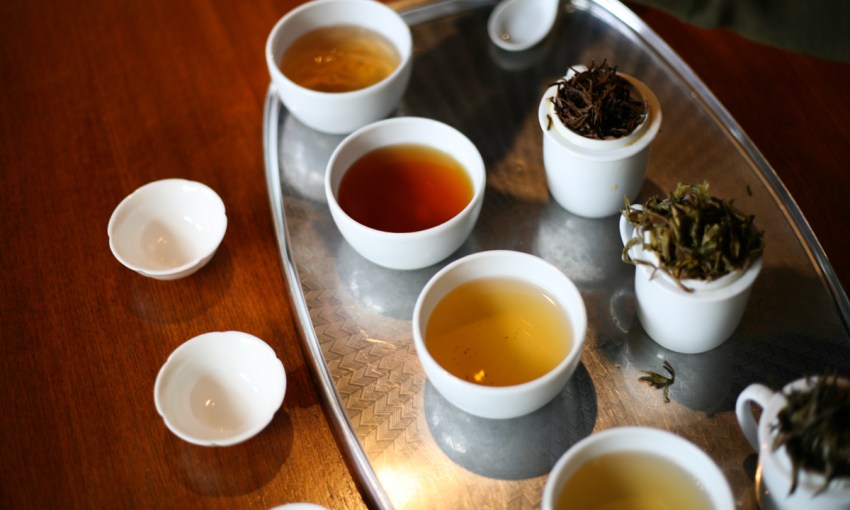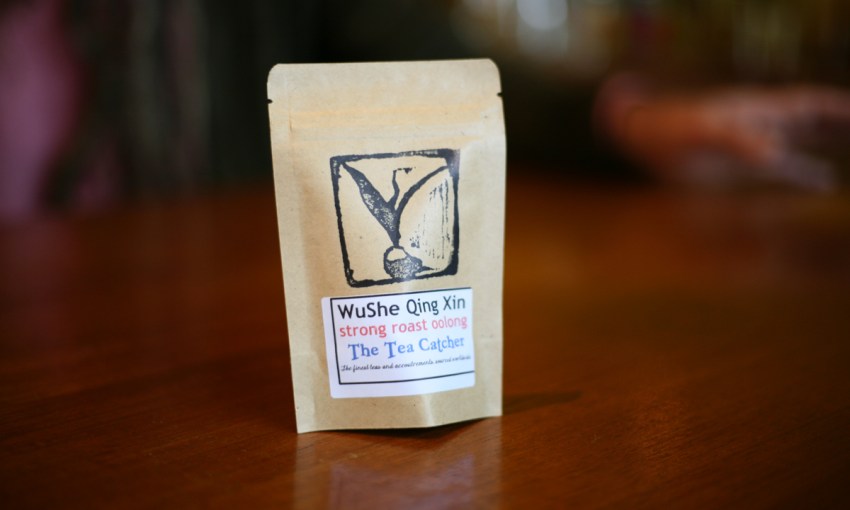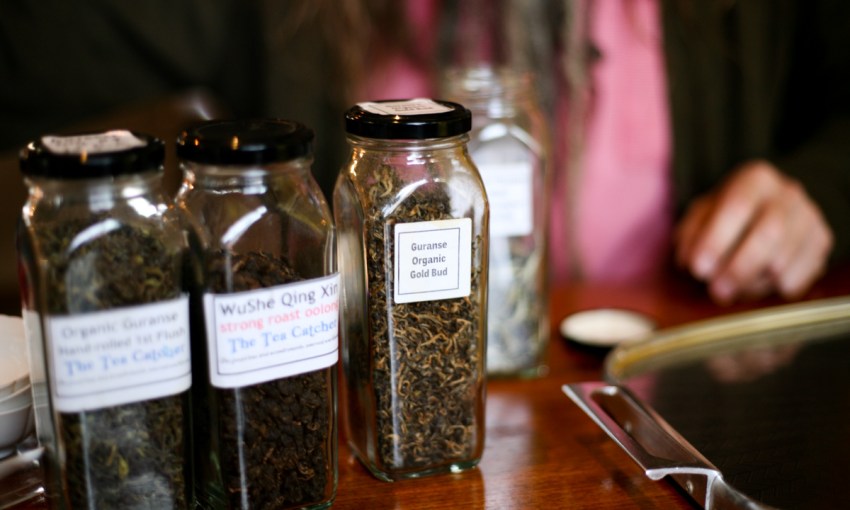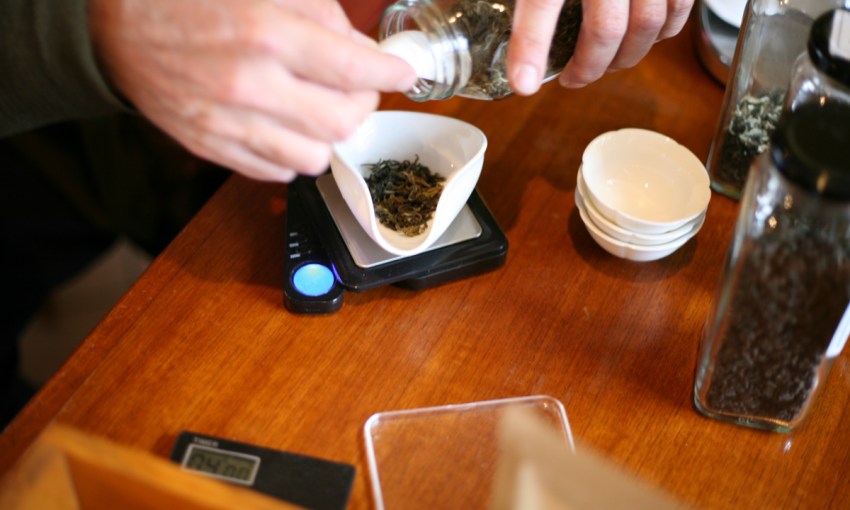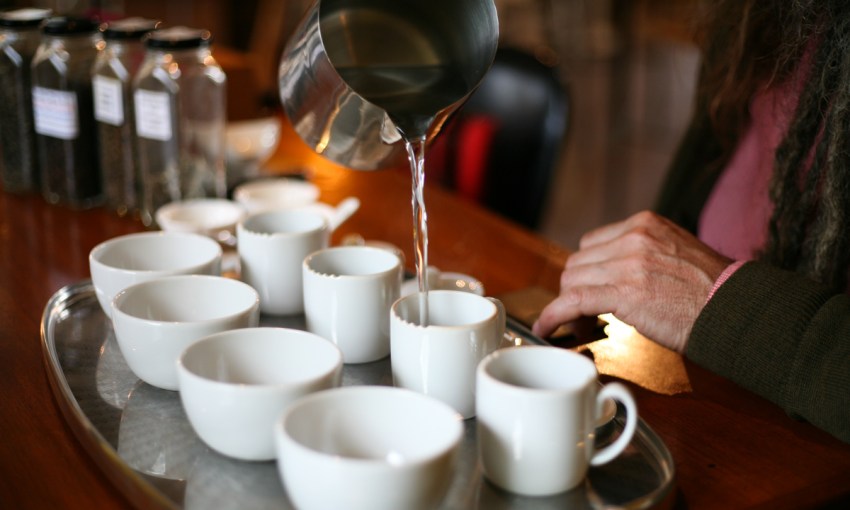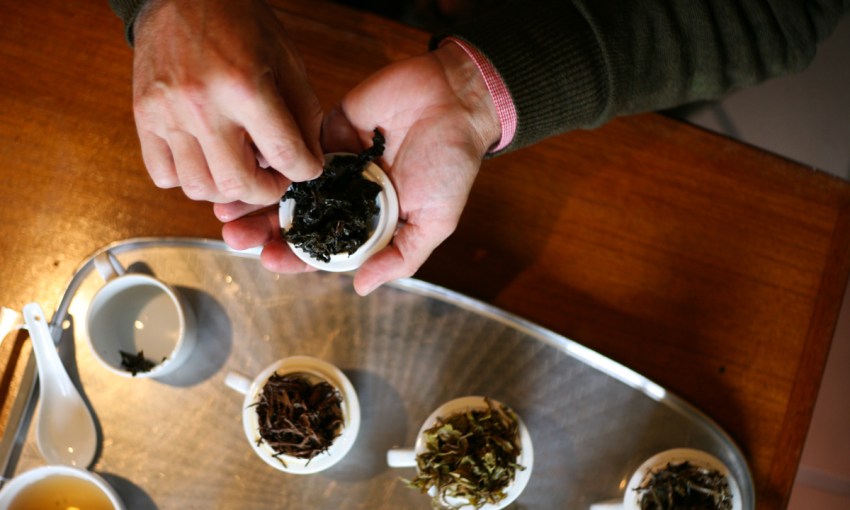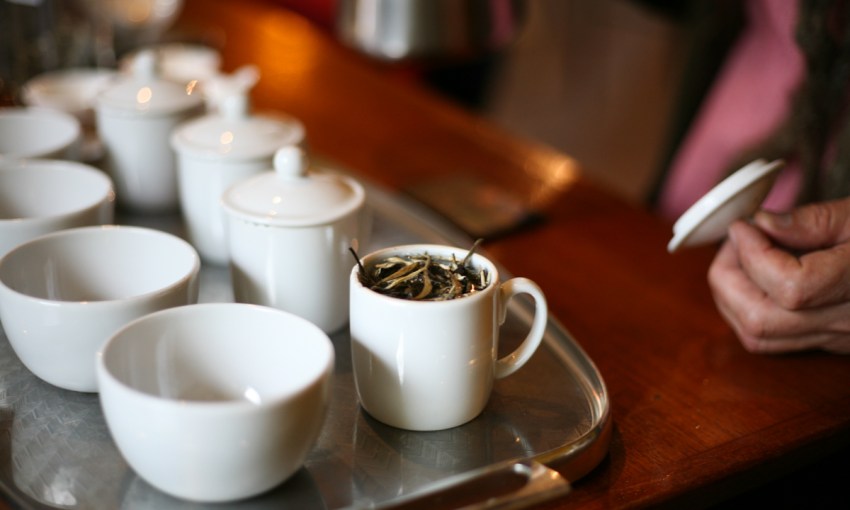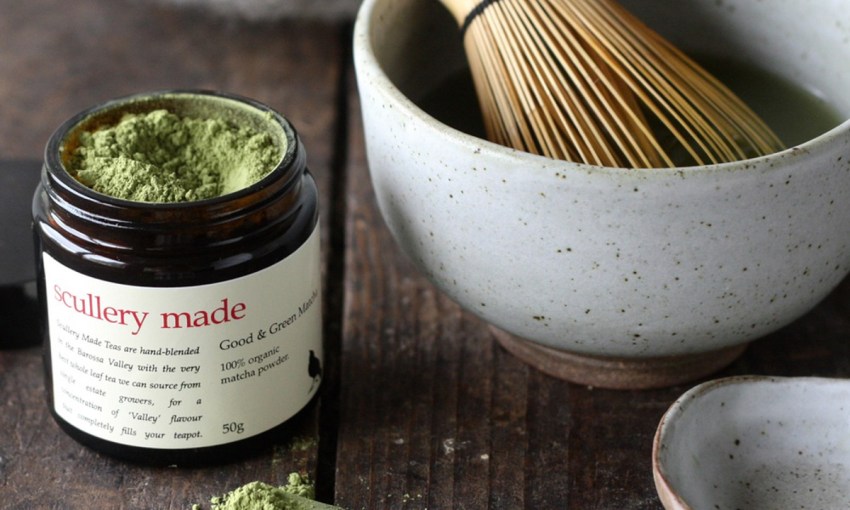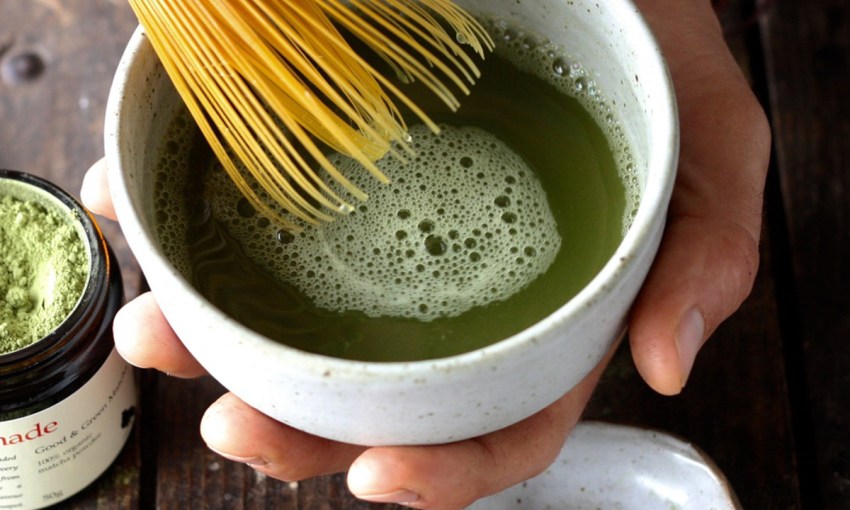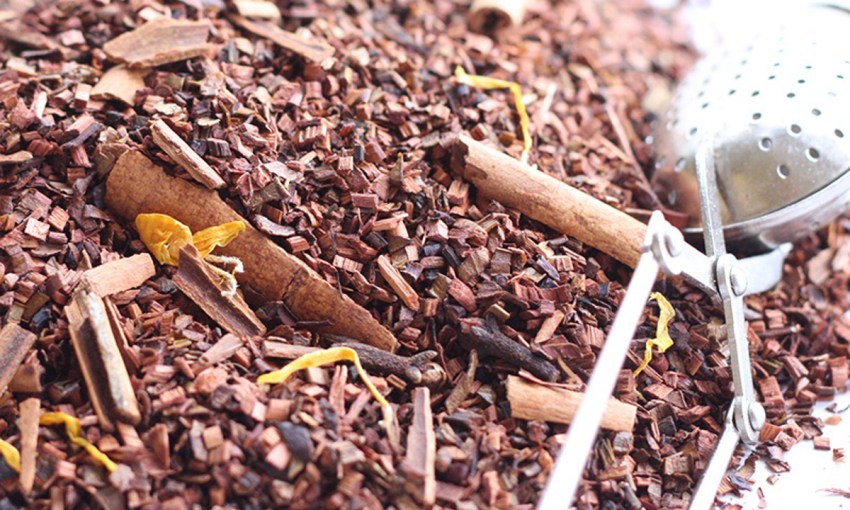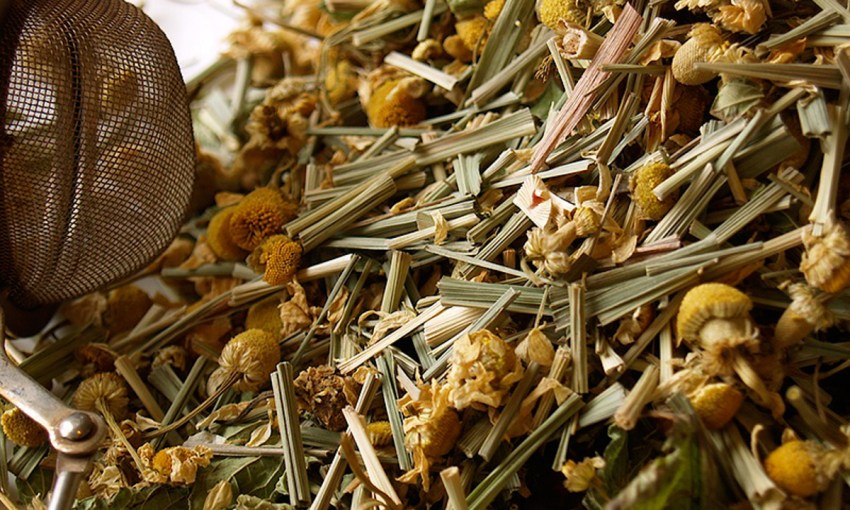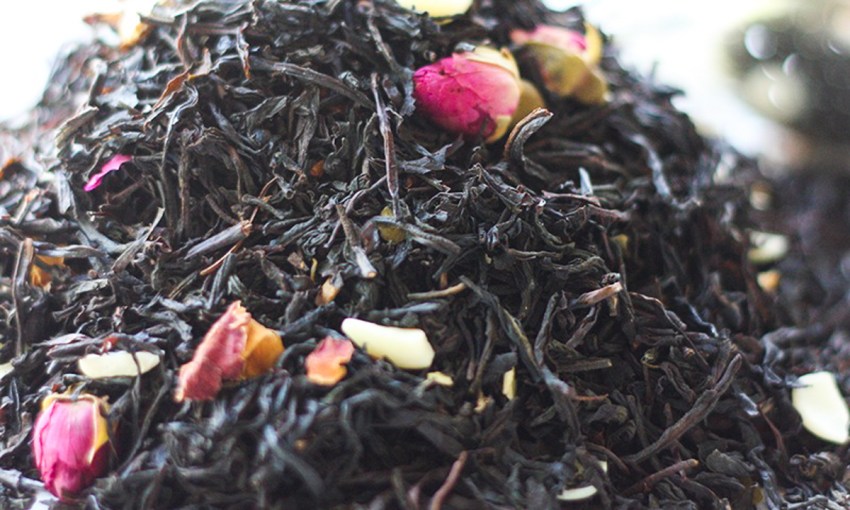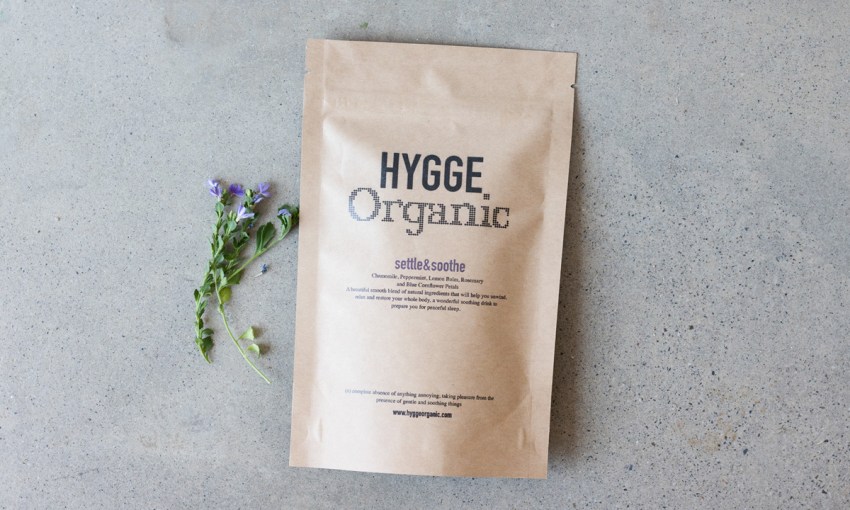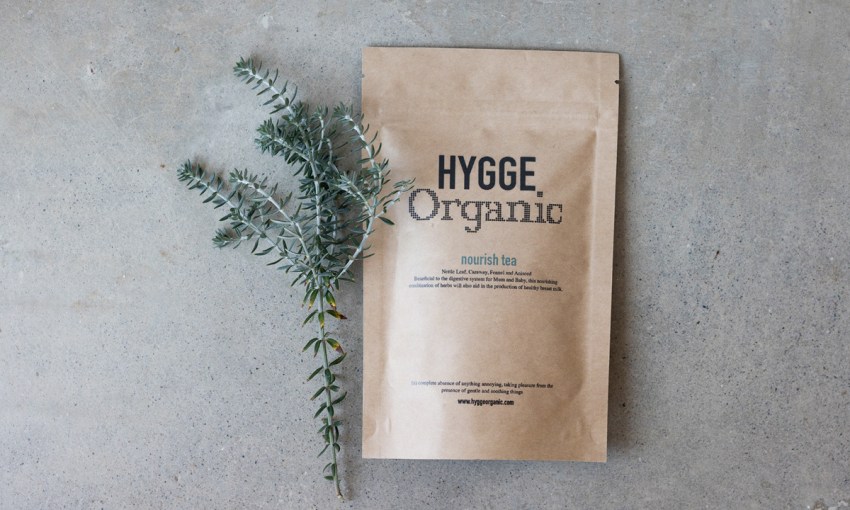Adelaide does a lot of things well, so it should be no surprise tea is on that list. Here, CityMag gets to know three independents in the city's tea scene.
Introducing Adelaide’s independent tea makers
There’s few things more joyful than a pot of tea, a magazine, and an entire afternoon.
If you were to ask any of our new found tea friends to join you, they would probably enquire as to what was in the pot.
CityMag spent some time with our favourite tea people for some insight, and insight we did find.
Stu Hay – The Tea Catcher
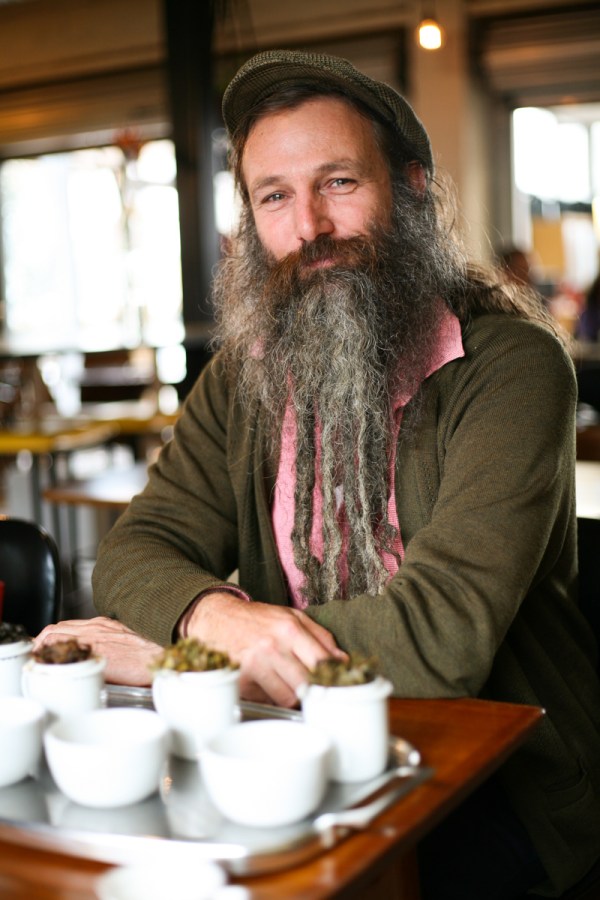
Stu Hay’s introduction to tea happened much like everyone else’s: a cup at the kitchen table – albeit a little younger than most (“Back in my day it was ok if kids had caffeine,” Stu says). But the development of Stu’s palate happened in a less conventional context.
“I lived in Europe for a long time and I went out with a Czech girl for quite a while, and she worked in a tea room in Prague, so I spent days, weeks, months, in the tea room there,” Stu says.
On returning to Australia, Stu noticed a distinct lack of good tea, even as other aspects of café culture had developed, and decided to do something about it.
“I’ve been drinking quality teas for, I don’t know, 15 years at least, so I had a pretty good place to start, and just developed it from there,” he says.
“What’s interesting in Australia in general is that the average person’s understanding of taste has expanded a lot in the last 10-20 years with wine, coffee, food, etcetera, and so people are able to tell the difference.
“It’s going to come to a stage where if places want to pull themselves up to another level of quality, they’ve got to do everything. They’ve got to do the décor, they’ve got to do the wine, they’ve got to do the food, and tea’s going to be one of the things that’s slowly letting people down, I think.”
As The Tea Catcher, Stu has made it his goal to not only bring quality teas from around the world to the Australian marketplace, but also to educate consumers and help them to expand their own palates.
“Mostly people don’t have a lot of experience, and at the moment the things I’m doing are really introductions to tea, so I’m not taking them too far, [but] they get to go through white tea, green tea, oolong, a couple of types of black tea, some Pu-erh,” Stu says.
“Education’s a huge chunk of it… People enjoy learning things, they enjoy feeling confident about what they’re doing and how they’re using the items they’re buying, and ideally they’re not fearful of them, and then they’ll drink them.”
For Stu, this involves conversations and small workshops with punters at the markets he pops up at (The Market Shed, and Flinders Street Market, among others), as well as offering to help educate café owners and their staff on how to do traditional tea well.
“I don’t expect every café in the city to sell great tea, but a small percentage should, and that should grow,” Stu says.
“With wine and coffee, it’s getting to a stage where you can’t open up a place like this unless people can recognise the roaster, or at least try the coffee and recognise that it is a decent coffee.
“[Tea] needs to go beyond what it is at the moment, I think.”
With an expanding range of around 60 teas from China, Nepal, Taiwan, Sri Lanka, India, and more, as well as an approach that sees him visiting the regions he is buying from, Stu is the man to make that happen.
Cherie Hausler – Scullery Made
To see Scullery Made’s range or find stockists, head here. We would highly recommend the Clubhouse Lane tea – a blend originally made for CityMag’s founders to serve when they were running a café.
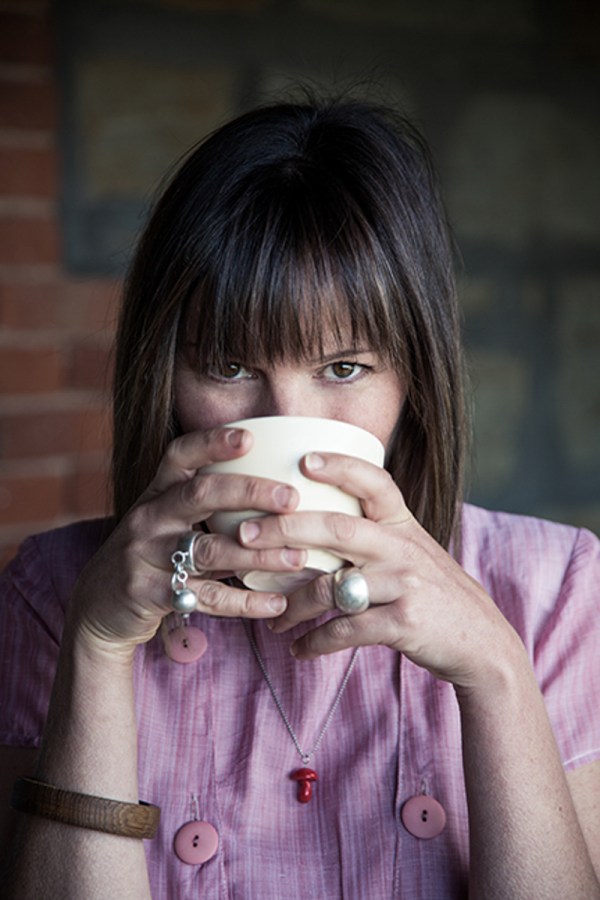
There is one specific element that makes Cherie Hausler’s Scullery Made tea different, and that is location.
“We don’t have Camellia sinensis growing here, which is the tea plant, but we always blend with the Barossa in mind, so using as much local produce as we can,” Cherie says.
“Things like local honey, our own calendulas, our own lemon verbena, our own mint, and other growers’ fruits in season.
“We like to think our skill is in hand-blending and creating something that reflects our region and the flavour profile.”
Though there is a hyper-locality about the brand, Cherie’s own beginnings in tea happened slightly further afield.
“I did nine years in TV and my brother and I also have a restaurant in Bangkok, so in between TV gigs I would cruise over to the restaurant,” Cherie says.
“I’m not a chef, but I used to have a lot to do with the menu design in the early days… and I realised, in doing the menu and making sure that every aspect of the cocktail list, and the coffee and everything was right, that the teas were a little non-descript, so I started blending in-house.”
Once Cherie’s TV gig had wrapped up, she turned (as most Barossa-based people must do) to Maggie Beer, who had been a guest on her program previously, who then offered Cherie work in her famed Farm Shop.
“The coffee was amazing, because Maggie’s definitely a coffee lover, [but] I kind of politely suggested to her that maybe the tea wasn’t so fabulous. Maggie’s response was ‘well you kind of have to give me something to go on here, tea is tea,’” Cherie says.
“I hand-blended four different blends for her, and I took them in, just in a plain bag that week, and said ‘here you go, taste these,’ and she just said straight away ‘oh wow, ok I get it now. When can we have these as our house tea at the Farm Shop and have them on shelf as retail?’ So I had a tea business.”
From there, Scullery Made has expanded to include around 15 blends (as well as kombucha, which has been a favourite at markets, and will be available through retail stockists soon, Cherie assures us), and although being able to represent the Barossa via nearly 180 stockists around Australia is surely an achievement in itself, Cherie says there is a smaller, more fulfilling joy in supplying people with tea.
“There’s a lot of similarities between rural Australia and Asia, funnily enough, when it comes to tea, because it’s kind of the first response when you go to someone’s house in the country, ‘oh, I’ll pop the kettle on,’ and it doesn’t matter if you’ve turned up in tears or you want to share a cake, it’s the same response – let’s put the kettle on. And so I really love that notion that tea is something to be shared,” Cherie says.
“I think that coffee is an amazing aspect of our culture here in Australia, but it’s an individual experience most of the time. It’s not very often you’ll go into a restaurant or café and have a shared brew of coffee, unless somebody’s done cold drip or they’re doing pour overs.
“That more traditional culture of a shared pot on the table, beautiful cups, choosing a milk jug, deciding what little lovely snack you’re going to have, conversation, slowing down time, all of that, it’s just gorgeous to watch, and I think that’s the aspect that’s made tea have its resurgence.
“I don’t think it’s new to many people, but I do think it’s being remembered by a lot of people.”
Melody Marrone – Hygge Organic
To browse the Hygge range, head here, or if you’d prefer a cup in person, Hygge can be found around the city at DEW, Red House Café, and Entropy, or at stockists Have You Met Charlie and the Gilbert Street IGA.
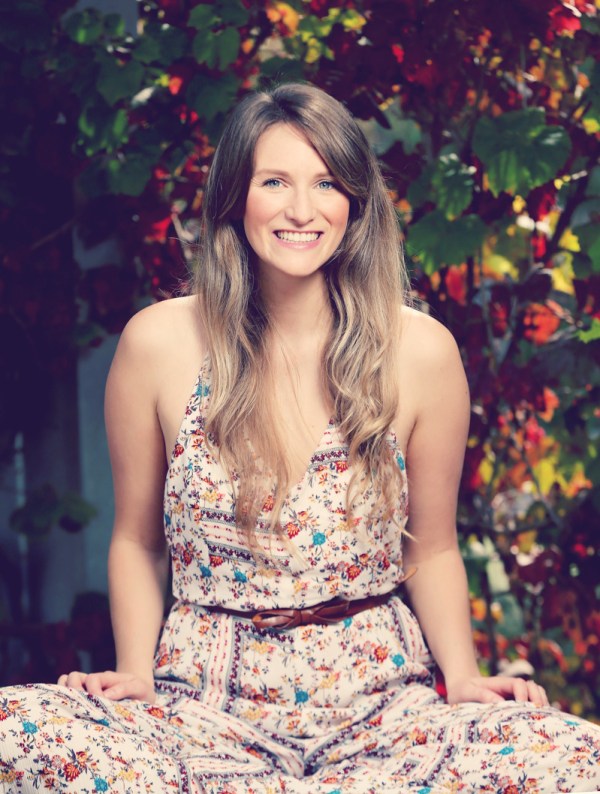
For most people, the value in tea is in sitting with a pot, either alone or amongst friends, and taking the time to enjoy it.
Melody Marrone of Hygge Organic approached the practice from a different perspective.
“I’ve always liked tea, but I was actually really, really sick,” Melody says.
“For the past 10 years I’ve had fibromyalgia, endometriosis, chronic fatigue and a whole bunch of other… issues. At my lowest point I was probably sleeping about 21 hours a day.”
Melody was shifted amongst doctors and specialists, all of whom were prescribing medication to fix the symptoms of her illnesses, but she felt they weren’t doing much to address the underlying cause.
Though at that time she didn’t have the energy to overhaul her entire diet, Melody did start tailoring her nutritional intake through tea.
“The simplest thing I thought I could do was to have tea, because you’re having beautiful, powerful herbs, and I could make a cup of tea,” she laughs.
And thus, the Hygge Organic range was born.
“Pretty much the whole collection that I have was actually made for myself, so to help support every area of my body,” She says.
“I just figured if I was making them for me, I should be making it for other people as well.”
The Hygge Range is made up mostly of herbal blends, with only a few containing green or black tea, which was a conscious decision by Melody.
“Caffeine can do a bit of damage sometimes on the system, so if you’re already somebody that’s unwell, adding caffeine to things can sometimes cause more issues,” she says.
Not everyone needs the slow burning caffeine ride of a green tea, but the soothing effects of an infusion made with lemongrass, lemon myrtle, hibiscus, or any number of Hygge’s herbs, are almost universally beneficial.



